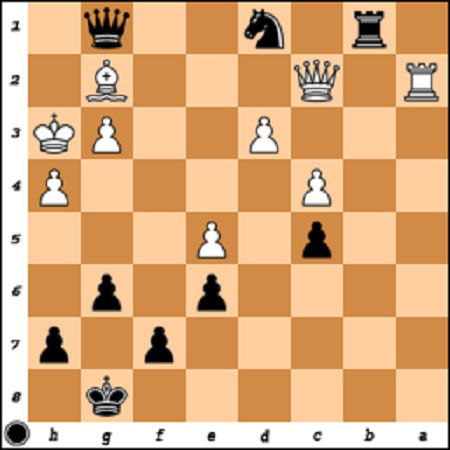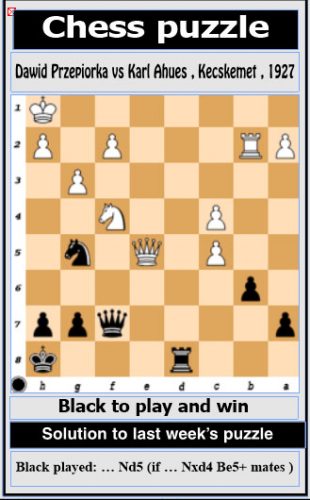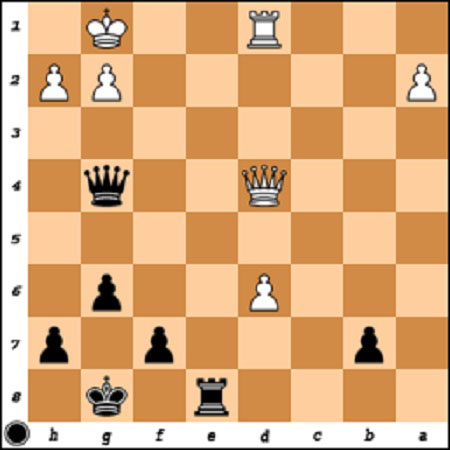
The aim of chess is not to swap pieces. Rather, it is to checkmate the King. The King cannot be removed from the chess board during a practical game. Every other piece or pawn can be captured and removed. Checkmating the King means placing the King in a hopeless position. The word checkmate is also used in situations pertaining to life. In chess, checkmate is when the King is unable to escape, similarly in life.

When check is announced, you have to leave everything you are doing and attend to it. You can block a check, move your King out of check, or capture the piece that is announcing the check. The goal of all chess puzzles is to checkmate your opponent’s King no matter what moves he makes. You have to administer checkmate in the required number of moves.
Some chess puzzles are created from actual chess games and some are chess compositions. I prefer the ones from actual games. In some compositions, we can reach a position that cannot be reached in a chess game. Chess puzzles are automatically verified so that the solutions are correct and complete. Sometimes a shorter solution to a puzzle exists.
My chess colleague Loris Nathoo has the rare ability of finding a shorter solution to a puzzle. He works on the puzzle on Sundays and presents me with the solutions. The two puzzles in Diagram 1 and Diagram 2 are taken from actual grandmaster games.
In Diagram 1, it is Black, played by Vitaly Chekhover, to play and win. The game was played at Leningrad in 1934. Black plays … Re1+ (+ is an abbreviation for check). The Rook goes down on the back rank and calls check. White has to attend to this check immediately. He cannot take the Rook with his Rook which is stationed at d1 because White will lose his Queen with check. So White is forced to play Kf2. Black plays Re2+. White cannot capture the black Rook since it is protected by the black Queen. White is forced to retreat to f1 or g1. When he does, the black Queen will take the g pawn and it is checkmate since the white King cannot evade the check.






